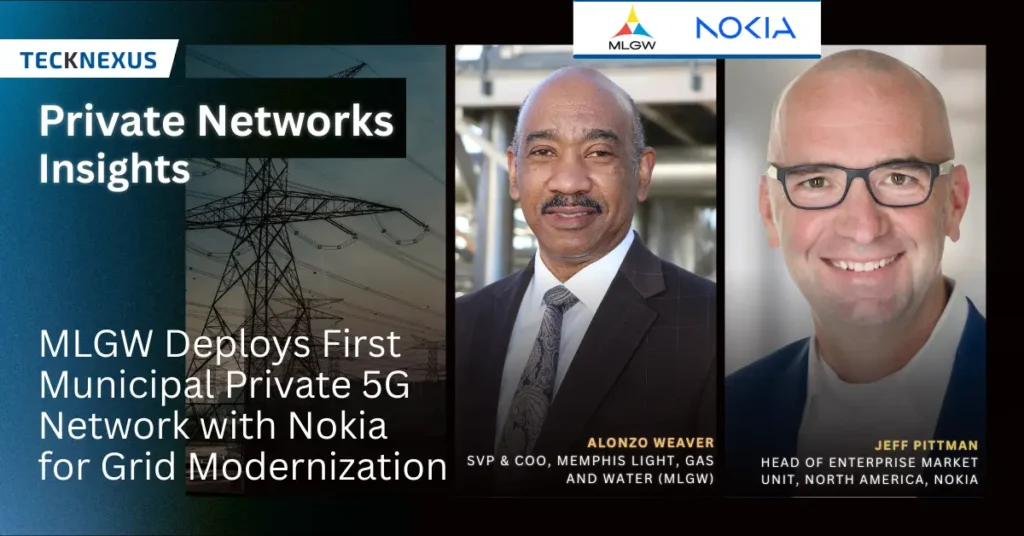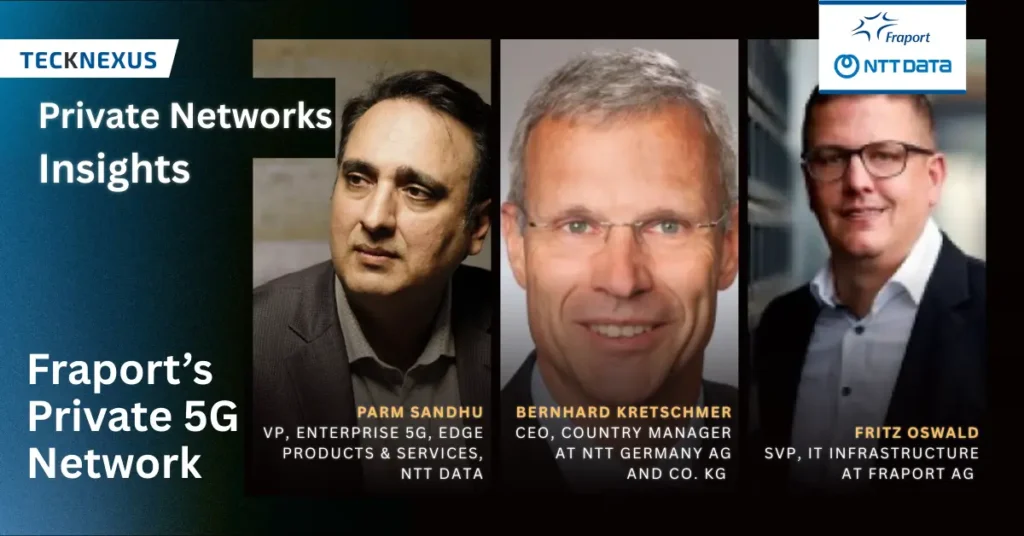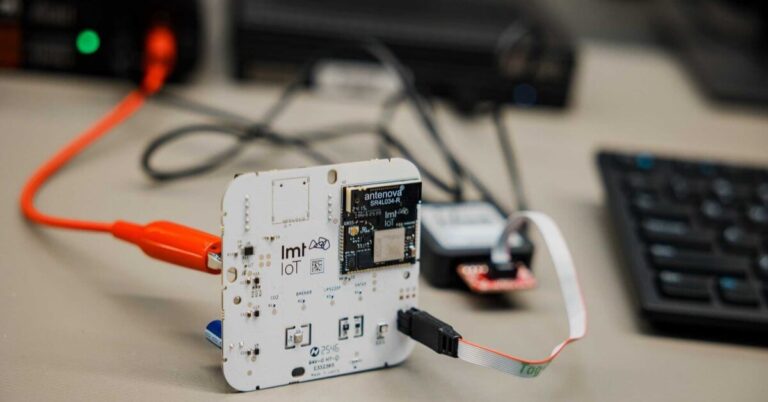There’s an adage in the security industry: “You can’t secure what you can’t see.” Visibility is absolutely fundamental to effective security.
But what does “visibility” actually mean in practice? At Palo Alto Networks, we use several technologies designed to deliver deep, actionable visibility across IT, OT, and IoT environments—helping eliminate implicit trust, which is the enemy of Zero Trust.
Let me share a few examples:
-
Application and Traffic Visibility:
Through our App-ID technology, we analyze all the different applications and protocols on the network, regardless of the ports they run on. Using heuristics and Layer 7 inspection, we give organizations a clear view of what’s on their network and the associated risks of each application. -
User Identification and Access Control:
When there’s a user behind the traffic, we provide insight into who that user is. This allows organizations to make intelligent policy decisions—such as whether a marketing employee should have access to source code or sensitive operational data. This alignment between identity and access helps maintain an appropriate and secure posture. -
Device Awareness and Context:
We extend visibility to device-level specifics. For example, if there’s a PLC (Programmable Logic Controller) on the network, we can identify its model, make, and operating system version. Understanding these attributes is essential to assessing risk and defining the right security measures.We provide detailed metadata about devices—their type, behavior, and risk profile—helping security teams detect anomalies or misconfigurations early.
-
Mobile Device Identification in Private 4G/5G Networks:
In private mobile environments, visibility extends to mobile devices and their unique identifiers—such as the International Mobile Equipment Identity (IMEI) or International Mobile Subscriber Identity (IMSI).
This enables rapid and precise incident response. For instance, if malicious activity is detected, the system can immediately identify the specific device involved—without relying on IP lookups—and initiate remediation instantly.
These multiple layers of visibility—across applications, users, devices, and network protocols—form the foundation of an effective Zero Trust security architecture. They ensure that organizations can see, understand, and respond to threats faster and more accurately than ever before.















































